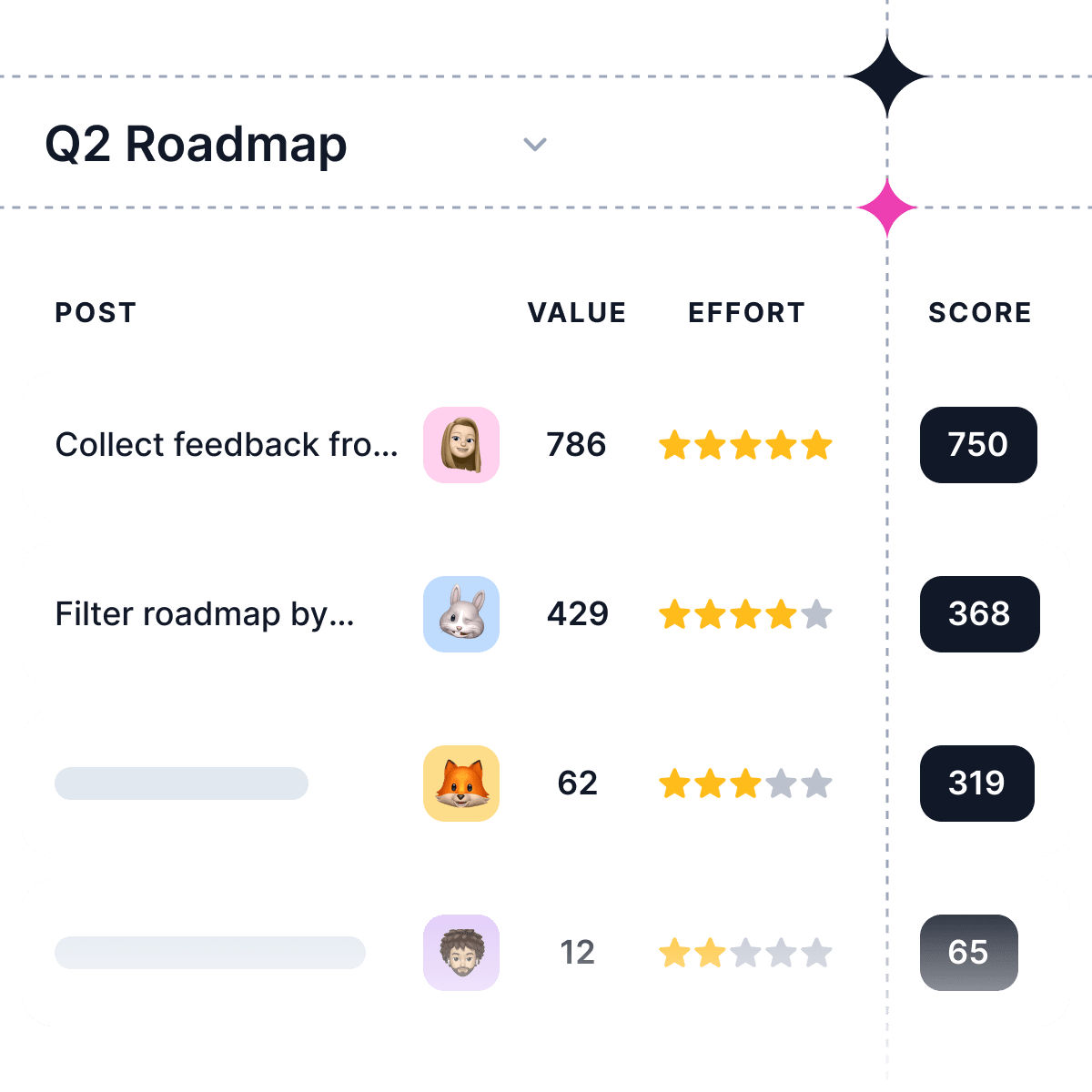What is Product Delivery?
Product delivery is the process of bringing a product to market, from ideation to launch. It involves a series of steps that are critical to the success of the product, such as product development, testing, marketing, and distribution. In this ultimate guide, we will explore the key aspects of product delivery, including the role of a product delivery manager, product delivery methods, and product delivery strategy.
Product Delivery Manager
A Product Delivery Manager is a critical member of the product development team responsible for ensuring that products are delivered to the market on time, within budget, and to the highest quality standards. They oversee the entire product delivery process, from ideation to launch, and work closely with cross-functional teams to ensure that all aspects of the development process are executed efficiently.
What is a Product Delivery Manager?
A Product Delivery Manager is responsible for overseeing all aspects of the product delivery process, including planning and executing product launches and managing project timelines, budgets, and resources. Additionally, they must ensure that products meet quality standards and customer expectations while staying up-to-date with market trends and competitor offerings. They work closely with cross-functional teams across an organization, including engineering, design, marketing, and sales, to ensure that products are delivered on time and meet customer needs.
Key responsibilities of a Product Delivery Manager
There are several key responsibilities associated with being a successful Product Delivery Manager. These include:
-
Developing and implementing product delivery strategies that align with company goals
-
Collaborating with cross-functional teams to manage project timelines and budgets
-
Ensuring that products meet quality standards and customer expectations
-
Staying up-to-date with market trends and competitor offerings
-
Identifying potential roadblocks or obstacles that could impact the timeline or quality of the final product
-
Communicating progress updates to stakeholders at regular intervals
-
Adjusting plans as needed based on feedback from customers or changes in market conditions
Overall, a successful Product Delivery Manager must be able to balance competing priorities while maintaining a focus on delivering high-quality products on time and within budget.
Role of a Product Delivery Manager
A product delivery manager is responsible for overseeing the entire product delivery process. They work closely with cross-functional teams, including product managers, engineers, designers, and marketers, to ensure the product is delivered on time, within budget, and to the highest quality standards. The product delivery manager is also responsible for managing risks, identifying and resolving issues, and communicating progress to stakeholders.
What are different Product Delivery Methods?
There are several product delivery methods that companies can use to bring their products to market. Here are some of the most popular ones:
Agile Product Delivery
Agile product delivery is a methodology that emphasizes flexibility, collaboration, and continuous improvement. It involves breaking down the product development process into small, iterative cycles, called sprints. Each sprint is focused on delivering a specific set of product features or functionality, and feedback from customers and stakeholders is used to inform the next sprint.
Lean Product Delivery
Lean product delivery is a methodology that focuses on minimizing waste and maximizing value. It involves identifying the key features and functionality that are essential to the success of the product and prioritizing them over less important features. Lean product delivery also emphasizes continuous improvement, with feedback from customers and stakeholders used to refine the product over time.
Waterfall Product Delivery
Waterfall product delivery is a methodology that involves a sequential approach to product development. Each stage of the product development process, from ideation to launch, is completed before moving on to the next stage. Waterfall product delivery is often used for complex projects that require a high degree of planning and coordination.
What is a Product Delivery Strategy?
A product delivery strategy is a comprehensive plan for bringing a product to market that takes into account the unique needs and challenges of the product and the market.
It encompasses the entire process, from ideation and development to release and post-release activities. The goal of a product delivery strategy is to ensure that products are delivered efficiently, meeting customer expectations and maximizing customer satisfaction.
Elements of Product Delivery Strategy
It involves several key components that work together to ensure the product's success. Here are some crucial elements of a successful product delivery strategy:
Define the Product Vision
The first step in developing a product delivery strategy is to define the product vision. This involves identifying the problem that the product solves, the target market, and the key features and functionality that are essential to the success of the product. Creating a clear and compelling product vision helps to guide the team's efforts and maintain focus throughout the development process.
Conduct Market Research
Market research is a critical component of a product delivery strategy. It involves gathering information about the target market, including customer needs and preferences, competitor offerings, and market trends. This data provides valuable insights that can help shape the product's features, pricing, and marketing approach, ensuring that the product is well-positioned for success in the market.
Develop a Roadmap
A product delivery roadmap is a detailed plan for bringing the product to market that outlines the key milestones and deliverables for each stage of the product development process. The roadmap provides a clear path for the team to follow and helps to ensure that all stakeholders are aligned on the project's goals and timelines. The roadmap should be flexible enough to accommodate changes and adjustments as the product evolves, allowing the team to adapt to new information and shifting priorities.
Test and Iterate
Testing and iteration are crucial aspects of a successful product delivery strategy. These processes involve gathering feedback from customers and stakeholders and using it to refine the product over time. By incorporating user feedback and making data-driven decisions, the team can continuously improve the product and ensure that it meets the needs of its target audience. Testing and iteration should be an ongoing process throughout the product development lifecycle, allowing for regular adjustments to the product based on real-world feedback and performance data.
Collaboration and Communication
Effective collaboration and communication are essential for a successful product delivery strategy. This includes fostering a culture of open communication within the team, as well as establishing clear channels for communication with stakeholders, customers, and other external parties. By maintaining open lines of communication and encouraging collaboration, the team can work together more efficiently, address challenges more effectively, and ensure that the product delivery strategy remains on track.
By incorporating these key elements into your product delivery strategy, you can increase the chances of successfully bringing your product to market and achieving your business goals.
Best practices for creating a Product Delivery Roadmap
A product delivery roadmap is a crucial element of any successful product delivery strategy. It outlines the key milestones and deliverables for each stage of the product development process, providing a clear and concise plan for bringing the product to market. Here are some best practices that can help you create an effective product delivery roadmap:
Focus on Outcomes, Not Activities
When creating a product delivery roadmap, it's essential to focus on outcomes rather than activities. Instead of listing tasks or activities, focus on the desired results or outcomes for each milestone or deliverable. This approach helps keep the team focused on the end goal and ensures everyone is aligned around what needs to be accomplished.
Keep It Simple and Flexible
The best product delivery roadmaps are simple and flexible. Avoid getting bogged down in too much detail or trying to plan out every aspect of the development process. Instead, focus on high-level goals and milestones that can be easily adjusted as needed based on feedback from customers and stakeholders.
Use Visuals to Communicate Progress
Visuals are a powerful way to communicate progress and keep everyone informed about where the project stands. Consider using charts, graphs, or other visuals to represent key data points or milestones in your product delivery roadmap. This approach can help ensure that everyone is on the same page and understands how the project is progressing.
Review and Adjust Regularly
Finally, it's essential to review your product delivery roadmap regularly and make adjustments as needed. As new information becomes available or priorities shift, it may be necessary to update your roadmap accordingly. By reviewing your roadmap regularly, you can ensure that it remains relevant and useful throughout the entire development process.
What are the strategies for managing project risks during Product Delivery?
Product delivery is a complex process that involves numerous risks and potential obstacles. Effective risk management is critical to ensuring the product is delivered on time, within budget, and to the highest quality standards. Here are some strategies for managing project risks during product delivery:
Identify Potential Risks
The first step in managing project risks during product delivery is to identify potential risks. This involves conducting a thorough risk assessment of the project, including identifying any potential roadblocks or obstacles that could impact the timeline, budget, or quality of the final product.
Prioritize Risks
Once potential risks have been identified, it's important to prioritize them based on their likelihood of occurring and their potential impact on the project. This can help ensure that resources are focused on addressing the most critical risks first.
Develop Mitigation Strategies
Mitigation strategies are plans for reducing or eliminating the impact of a particular risk. Developing mitigation strategies should be a collaborative effort involving all members of the cross-functional team. It's important to consider multiple options for mitigating each risk and to evaluate each option based on its effectiveness and feasibility.
Monitor Progress and Adjust as Needed
Effective risk management requires ongoing monitoring and adjustment throughout the product delivery process. Regular check-ins with stakeholders can help identify new risks as they emerge and ensure that mitigation strategies are effective in addressing existing risks. When necessary, adjustments to timelines or resource allocation may be required to keep the project on track.
By implementing these strategies for managing project risks during product delivery, companies can minimize disruption to their development process and deliver high-quality products that meet customer needs and exceed expectations.
Conclusion
Product delivery is a critical aspect of bringing any product to market successfully. By understanding the role of a product delivery manager, various delivery methods, and strategies for creating an effective product delivery plan, companies can enhance their chances of delivering high-quality products that meet customer needs and expectations.
In this guide, we've explored key elements of the product delivery process, from defining the product vision and conducting market research to managing risks and collaborating effectively across teams. By implementing best practices for creating product delivery roadmaps and mitigating project risks, businesses can ensure their products are delivered on time, within budget, and to the highest quality standards.
Ultimately, a well-executed product delivery strategy can be the difference between a successful product launch and a missed opportunity. By focusing on continuous improvement and adapting to changing market conditions, companies can stay ahead of the competition and bring innovative products to market that delight customers and drive business growth.


